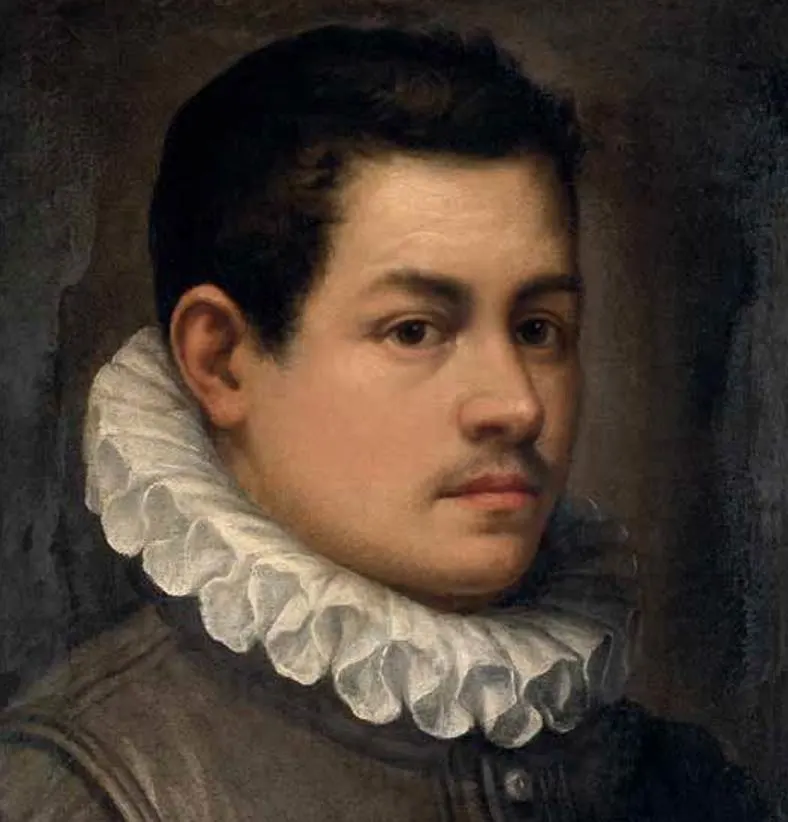It’s no secret that the most renowned artists in history often got invited to decorate the walls of newly constructed buildings such as palaces and churches.
This often included painting the walls of these buildings, artworks that are referred to as frescoes.
When Annibale Carracci (1560-1609) was commissioned to decorate the ceiling of one of the greatest palaces in Rome, The Baroque artist didn’t mess around and created one of the most amazing Baroque paintings in history.
Let’s take a closer look at some of the most interesting facts about a fresco called “The Loves of the Gods,” an incredible artwork by Annibale Carracci for multiple reasons.
1. It decorates the main gallery of a famous palace in Rome
The fresco cycle that is known as The Loves of the Gods decorates the Farnese Gallery, an opulent room inside the Palazzo Farnese.
This incredible Renaissance building is located in the heart of Rome, somewhere between the Roman Forum to the east and St. Peter’s Basilica (on the opposite bank of the Tiber River), to the west.
The Farnese Palace was commissioned by the powerful Farnese family and some of the greatest architects in Rome worked on its design in the 16th century. This includes the likes of Michelangelo (1475-1654) who designed the third floor of the building.
The building was offered to the French Government in 1936 for 99 years. Today, it still serves as the French Embassy in Rome which is why you can see a French hanging above the entrance.
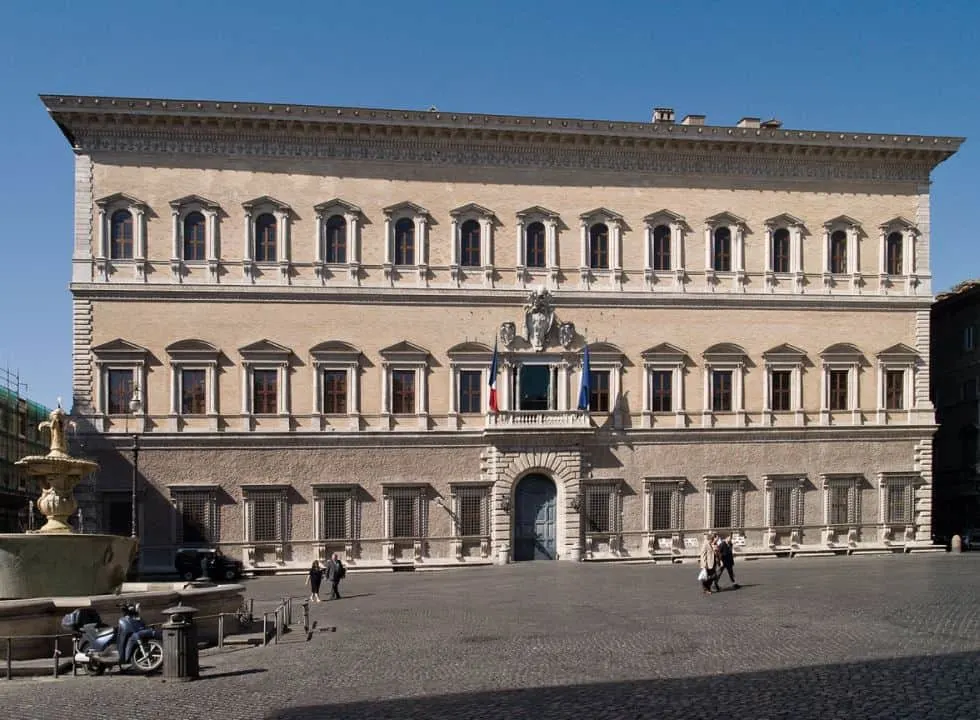
2. It took over 10 years before the fresco cycle was completed
Cardinal Odoardo Farnese was the nephew of Pope Paul III and the man who commissioned Annibale Carracci to paint this monumental fresco cycle.

The work started in the year 1597 but because of the sheer size of the ceiling of this immense gallery, it wasn’t completed until 1608. This was merely two years before the artist passed away in 1610.
It’s fair to conclude that this was the artist’s Magnum Opus, the ultimate achievement of the career of this Bolognese painter.
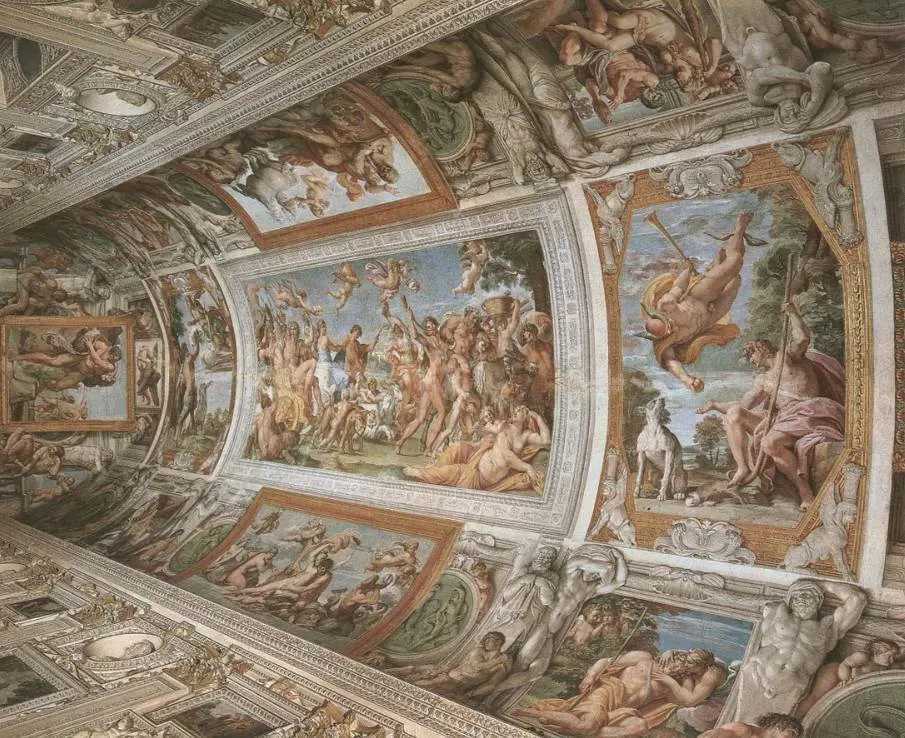
3. It was not the first fresco cycle that Carracci produced inside this palace
Annibale Carracci had made a name for himself in Bologna and completed several monumental works of art.
Especially a fresco cycle with the subject of “The Founding of Rome” at the Palazzo Magnani in Bologna caught the attention of the rich patrons in Rome.
He was referred to the Cardinal Odoardo Farnese by his brother, Duke of Parma, Ranuccio I Farnese. He had seen the magnificent work of Carracci in Bologna and shortly after he was hired to decorate the Farnese Palace.
What’s remarkable about The Loves of the Gods is that this wasn’t the first fresco cycle that he produced inside this amazing building.
His first work is another fresco cycle now referred to as The Camerino Farnese. These frescoes were completed between 1595 and 1597 and their quality resulted in a subsequent commission.

4. The artist got a lot of help from his brother and studio members
Michelangelo painted the ceiling of the Sistine Chapel all by himself, an incredible achievement. Although the fresco inside the Farnese Gallery is just as impressive, Annibale got quite some help.
His brother Agostino and cousin Ludovico were part of his group who formed the Bolognese School of painting. This was one of the first official art academies in history and borrowed inspiration from both Venetian and Roman artists.
The family members of the “Accademia degli Incamminati” and some of their workshop members worked together to complete this incredible fresco cycle.
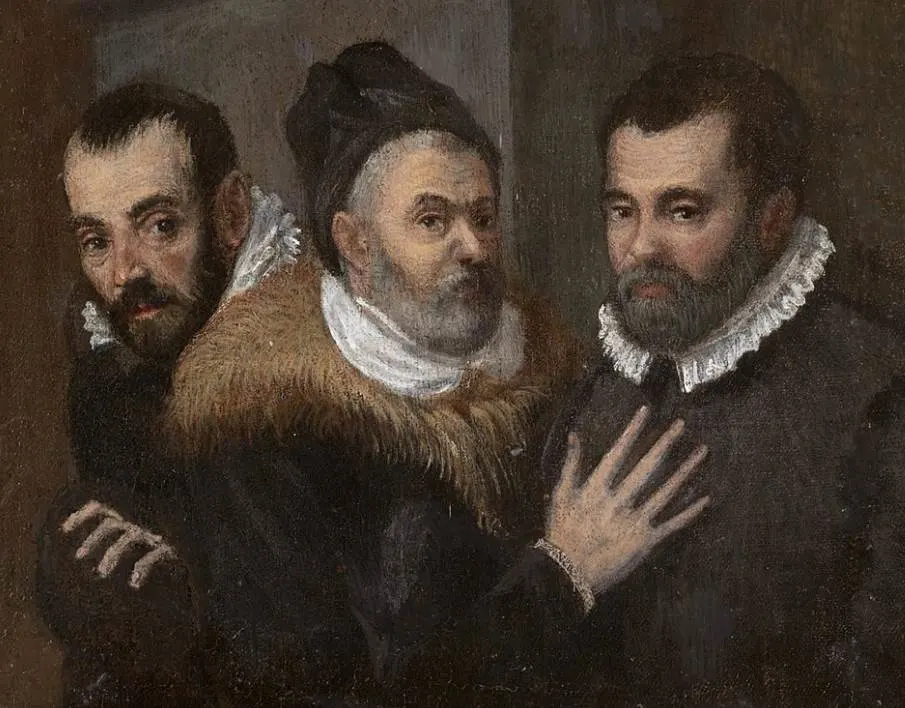
5. The subject was probably chosen because of the Farnese family’s sculpture collection
The Camerino Farnese was a fresco cycle based around the life of Hercules, the famous hero in Roman mythology.
Art historians generally agree that the choice of subject matter was related to the Farnese Hercules, an ancient sculpture that was present inside the palace at the time.
The fresco inside the Farnese Gallery depicts Roman gods indulging in a wide variety of Earthly pleasures.
These likely reflect sculptures of ancient Roman deities that were on display at the Farnese Gallery at the time to complement them.
These sculptures aren’t present inside the palace anymore and many of them can now be admired at the Capodimonte Museum and National Archaeological Museum in Naples.
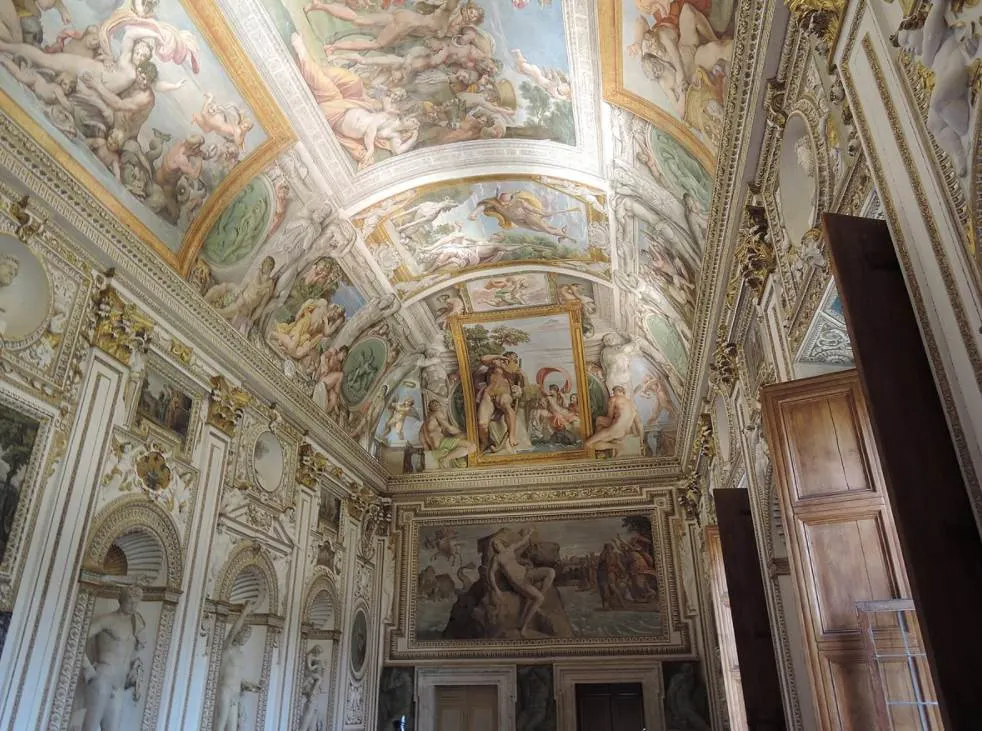
6. It’s a prime example of an illusionistic ceiling painting and “Quadri Riportati”
The entire fresco cycle consists of 13 narrative scenes that are adjoined by 12 paintings that appear to be distinctively separate from each other.
This painting technique is referred to as “Quadri Riportati” or “carried paintings.” This technique presents the fresco as if it consists of different paintings present in a frame.
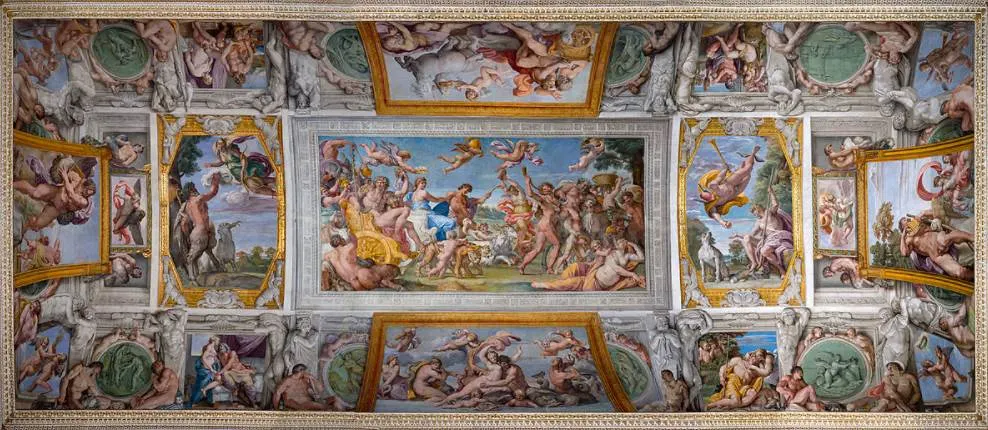
The 4 corners of the entire fresco feature putti and Atlas figures that appear to be lifting the fresco upward. This is a type of trompe-l’œil effect that is referred to as quadratura.
This type of Illusionistic ceiling painting was popular in Renaissance, Baroque, and Rococo artworks.

7. The central panel was derived from a Latin poem written in 6 A.D.
The central panel is by far the largest of all narrative paintings and depicts the story of “The Triumph of Bacchus and Ariadne.
Here we can see a procession that resembles those organized during the Roman Republic and Roman Empire to celebrate a specific. This was more often than not a victory in war.
The allegory of this representation is that Bacchus, the god of wine, has conquered the heart of the Cretan princess named Ariadne.
This raunchy scene is a reference to a Latin poem written in Ovid’s Metamorphoses, the most successful work of the Roman author who lived during the reign of the first Roman Emperor Augustus.
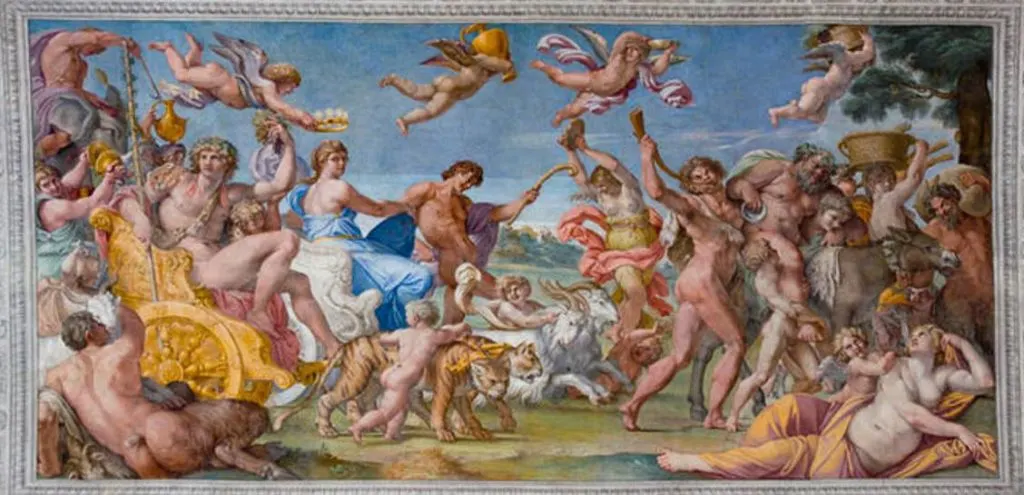
8. The Loves of the Gods was influential and greatly admired in Rome
The Loves of the Gods was instantly admired by the upper class of Roman society who visited the Palazzo Farnese when it was completed in the early 17th century.
This admiration also transpired to colleague artists who drew great inspiration from this fresco cycle. Some of these admirers were Nicolas Poussin (1594-1665), the leading French artist of classical Baroque, and Pietro da Cortona (1596-1669), an Italian painter and architect.
He singlehandedly revived the classical style of painting, and although Neoclassical artists of the late 18th and early 19th centuries didn’t appreciate the exaggerated drama he integrated into his works, they did admire his love for classical beauty.
